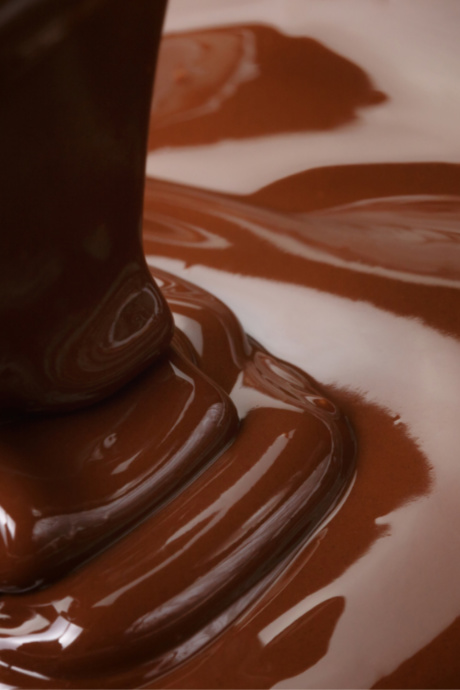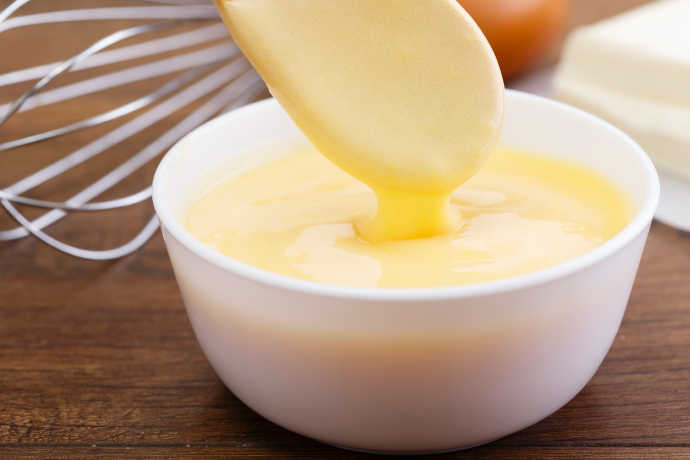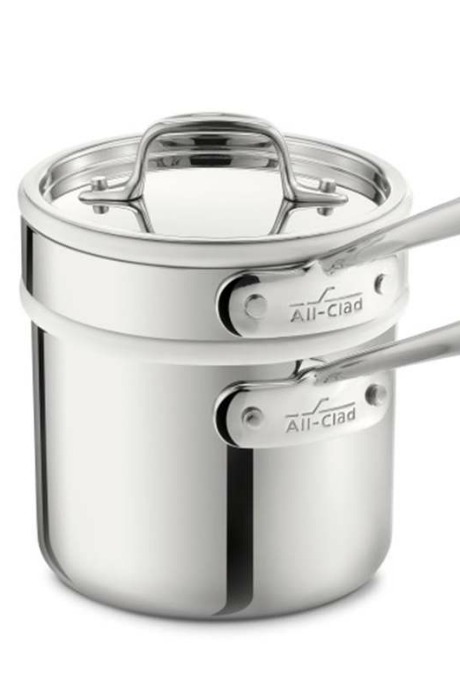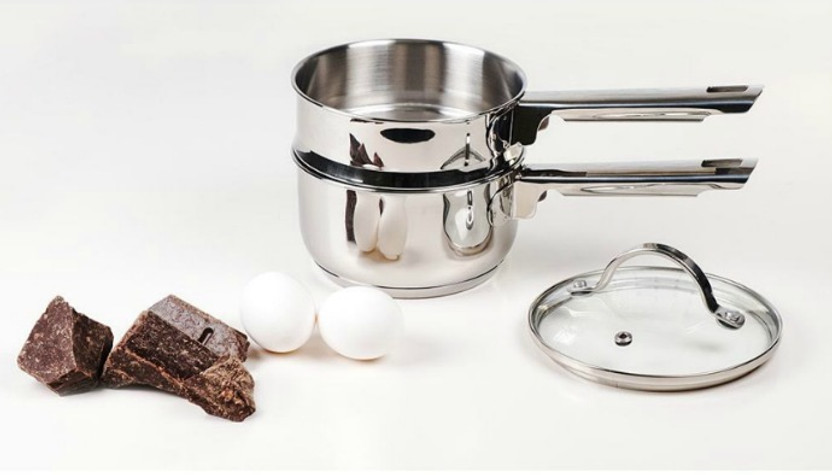Double Boilers: When You Can't Handle the Heat
Posted by Julie on Sep 10th 2018
Everyone has a different idea of which kitchen items they consider essential. What you can’t live without depends on what you cook most often and who’s going to eat what you’ve prepared. A household of eight may swear by their 12-cup food processor and 16-quart stockpot. A family of three probably doesn’t need that sort of capacity on an everyday basis.
One kitchen item that seems like a nice-to-have, but pops up frequently in recipes, is a double boiler. Keep reading to learn more about what you can do with this piece of cookware, and why you might consider adding one to your own kitchen.
What Is a Double Boiler?
A double boiler looks a lot like a steamer or colander insert, except it doesn’t have any holes. It’s simply a pot that fits inside another pot. Why would you want two pots in one? It’s a handy way to cook ingredients that can’t handle direct heat. Such ingredients might scorch easily, or they could separate or congeal if they get too hot.
To use a double boiler, you fill the outer pot with an inch or two of water and bring it to a gentle boil. The inner pot holds your ingredients — chocolate, eggs, cream, butter, or other delicate items — suspended above the heat source while you whisk or stir.
Take care that the water in the outer pot doesn’t touch the inner pot. This separation is important for controlling the temperature. Also, watch the water level in the outer pot so that it doesn’t boil dry.
Double Boiler Uses and Recipes
One of the most common reasons for using a double boiler is to melt chocolate. Chocolate is notoriously fussy and must be handled with care. Melting chocolate this way ensures it won’t scorch and will melt smoothly. Use it in chocolate mousse, when making peanut clusters or buckeyes, or for dipping cookies, pretzels, and fruit.

Hollandaise sauce is another well-known recipe that requires a double boiler. It’s important to warm the egg yolks without heating them so much that they scramble. Gentle, indirect heat plus constant whisking is the secret to this rich sauce.

But there’s so much more you can do with a double boiler. Graham Elliot uses one to make scrambled eggs. We think it’s a great idea. Indirect heat may take a bit longer to cook the eggs, but they will stay soft and creamy.
You can also use a double boiler to make mayonnaise, which has the added benefit of avoiding the risk of salmonella. This recipe from Saveur shows how easy it is. You can use a food processor to mix in the oil, or you can whisk by hand if you’re feeling strong and energetic.
A double boiler also comes in handy when making swiss meringue. Then use your meringue as an ingredient — on top of a pie, as frosting between cake layers, or baked into cookies.
Double Boiler Product Recommendations
Now that we’ve convinced you a double boiler can be quite useful, which one should you choose?
At the high end, we carry the All-Clad Copper Core and the All-Clad Stainless Steel. Either one of these will work beautifully, if you’ve got the budget.

If you have a lower budget, try the RSVP Endurance double boiler. It has a slightly smaller capacity than the two All-Clad options, but it is a fine place to start.
Finally, we also offer the Le Creuset Double Boiler Insert that’s compatible with 2- and 3-quart saucepans. It has an even larger capacity that the two All-Clad products. Time to make a double batch of chocolate mousse!
 Free shipping over $49
Free shipping over $49










